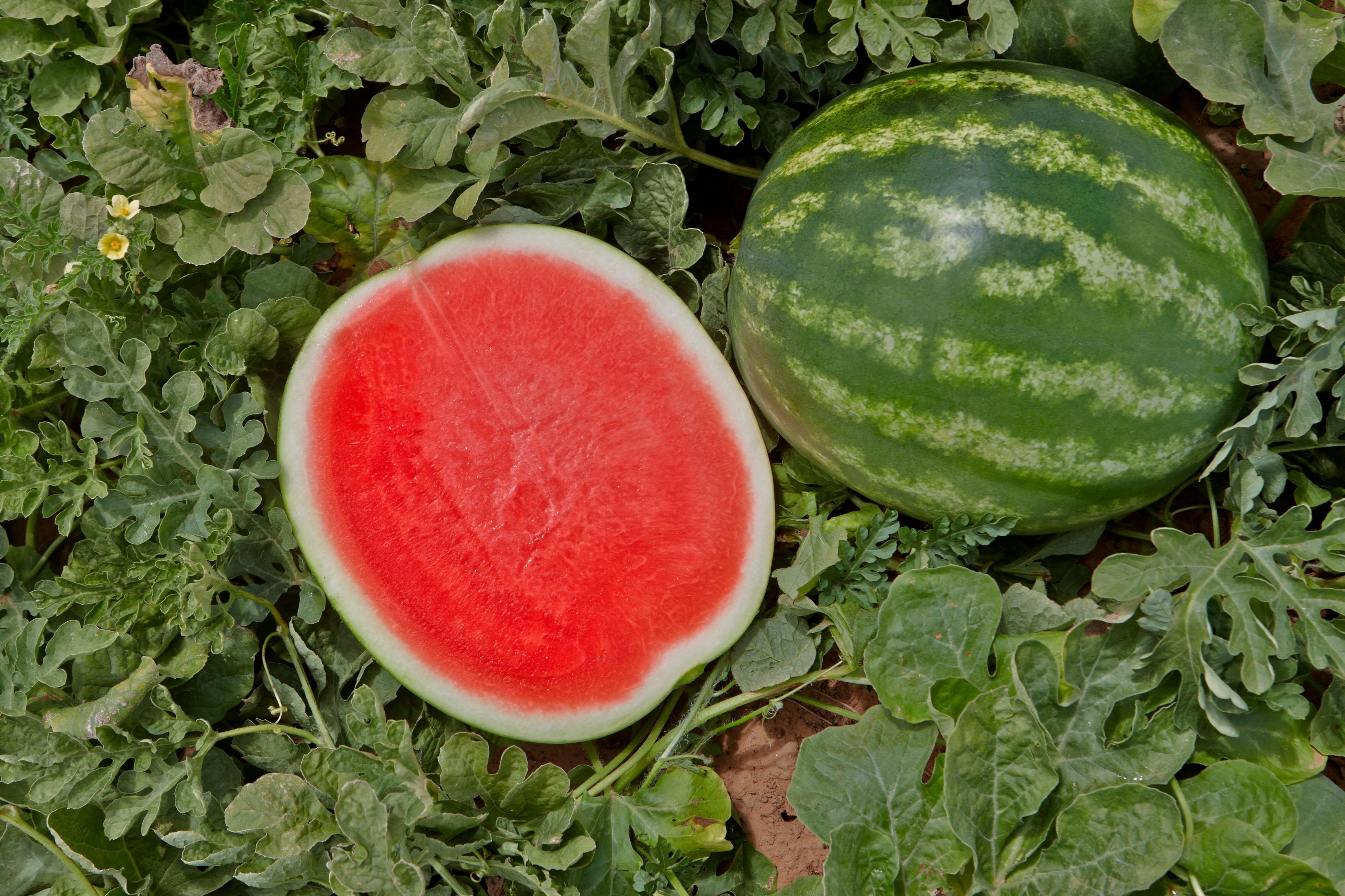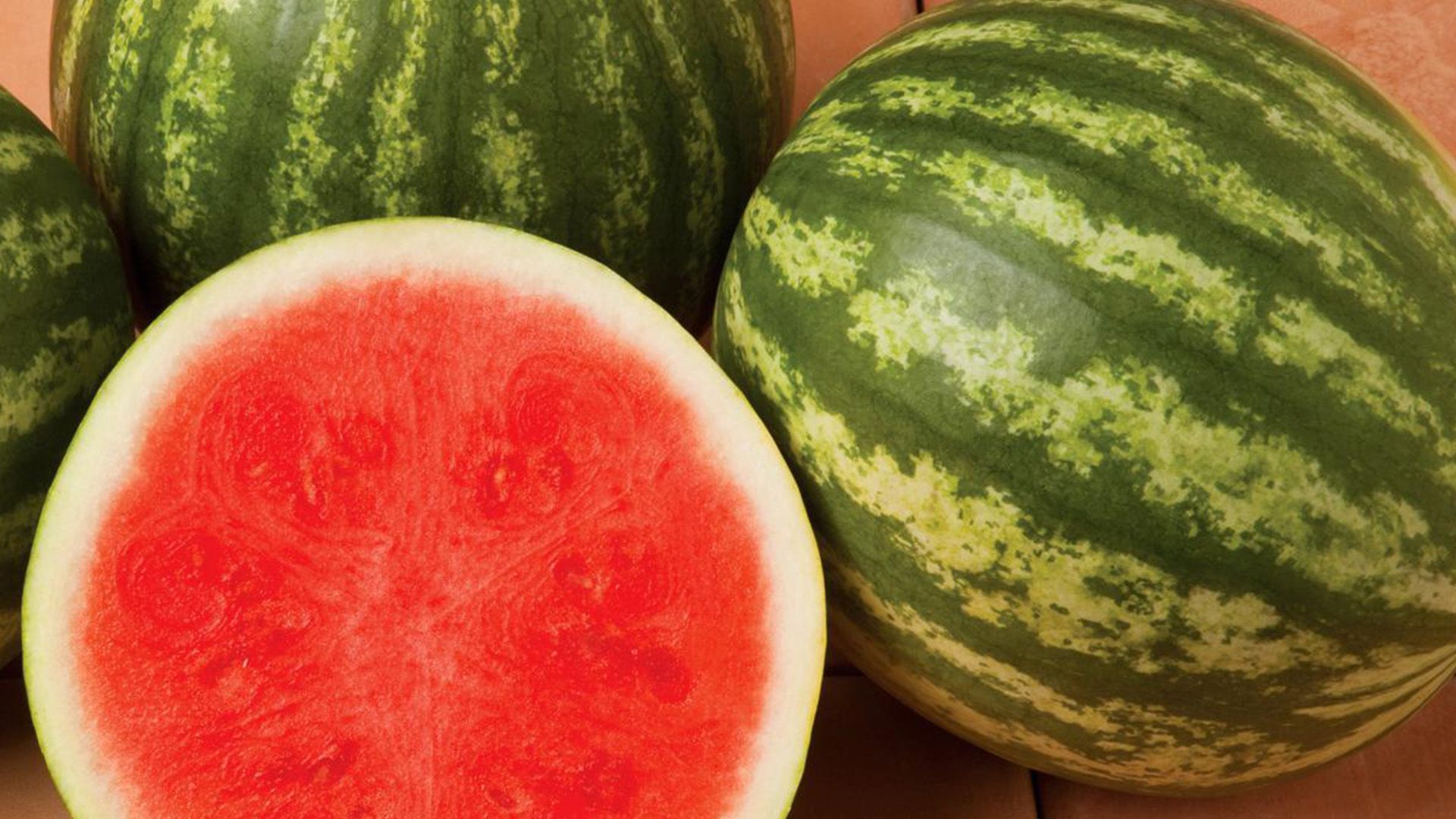Mini seedless watermelons
A 'personal-sized’, sustainable innovation

Watermelon has long been associated with sunny days and family gatherings. It’s a fruit that crosses cultures and has become a staple crop for growers around the world.
While large, seeded watermelons have been the standard for generations, mini seedless watermelons have risen in popularity in recent decades.
At the forefront of this cultural shift was Syngenta whose breeders are consistently innovating to meet changing consumer preferences, shifting climates, and evolving production challenges.
While seedless watermelons were first created in the 1980s, they didn't become popular in global diets until the early 21st century. The desire for healthier, easier-to-eat produce and more environmentally friendly foods has fueled the demand for smaller food portions that also provide less food waste.
From efficient water use and disease resistance to smaller fruit sizes that suit modern lifestyles, Syngenta’s watermelon breeding program took flight in the early 2000s.
This year, Syngenta is celebrating its 25th anniversary. Check out more of our stories about innovation.
This year, Syngenta is celebrating its 25th anniversary.
Today, mini seedless watermelons are grown and enjoyed across the globe. As appetite for them grew, the size of the worldwide market reflected soaring demand. Valued at $497.9 million in 2024, the seedless watermelon seed market is projected to reach $764.1 million by 2032. This steady growth is driven by one simple reality: people want fruit that’s easier to eat, less wasteful, and fits efficiently into busy routines.
Mini seedless watermelons - also known as personal-sized - offer ideal portions for individuals or smaller families. In fact, Syngenta played an early (and major) role in this crop segment with the launch of PureHeart in 2002, one of the first personal-sized seedless watermelons. Since then, the company has introduced newer varieties with improved flavor, firmer texture, extended shelf life, and better transport resilience.

The science of how seedless watermelons grow
But how do watermelons grow without their trademark seeds? It all comes down to plant genetics.
Seedless watermelons have three sets of chromosomes, instead of the usual two found in seeded watermelons. This happens when a plant with two sets (called diploid) is crossed with one that has four sets (tetraploid), creating a triploid plant. Because of this, the plant can grow normal fruit, but it can’t produce seeds.
Normally, watermelon plants have both male and female parts, so they can pollinate themselves. But triploid plants don’t produce usable pollen, so they act like they only have one sex. To help them grow fruit, farmers plant pollinator watermelons nearby, such as Syngenta’s SP7, which is specially bred to provide the pollen needed for seedless types to develop properly.
To meet consumer demand for watermelons suited to smaller households and the desire to reduce food waste, Syngenta Vegetable Seeds has helped pioneer the development of the mini-melon that has become a worldwide favorite.
Syngenta’s innovation doesn’t stop at watermelons without seeds. Breeders are developing watermelon varieties tailored to different global climates.
For example, Manchester watermelon is popular in Brazil thanks to its traits, among them high Brix (sugar) content, disease resilience, and lower water input needs. These improvements help to future-proof watermelon production in Brazil against climate change and resource challenges.
Rebecca Wente-Naylor, Product Specialist – Cucurbits at Syngenta, said: “We keep the growers’ needs at the heart of every decision that we make for our new varieties. By understanding their challenges, we create genetic solutions that drive success in the field.
“Through our breeding and trialing processes, we select the best new watermelon varieties that deliver high internal quality, excellent eating experiences, and strong agronomic performance that growers can trust.”
While the watermelon is evolving, its emotional pull remains timeless. Syngenta’s breeding strategy balances nostalgia with forward-thinking innovation, protecting a cultural icon by making it more sustainable, more accessible, and more resilient for generations to come.
This year, Syngenta is celebrating its 25th anniversary. We are proud of our continuous innovation and contribution to the food system over the past quarter century. Check out more of our stories about innovation.
This year, Syngenta is celebrating its 25th anniversary. We are proud of our continuous innovation and contribution to the food system over the past quarter century. Check out more of our stories about innovation.




